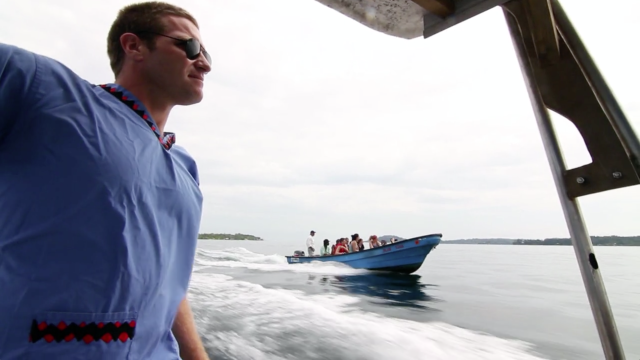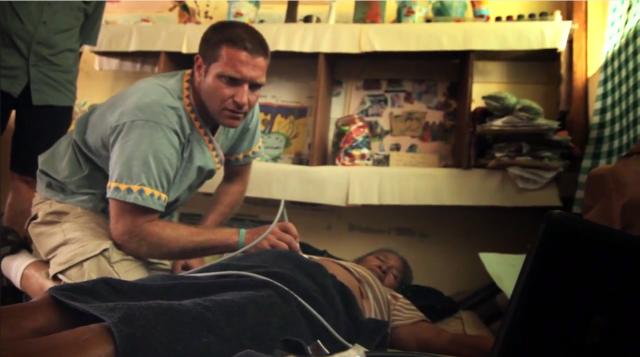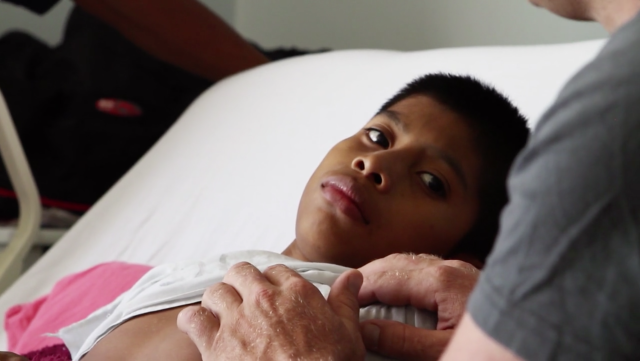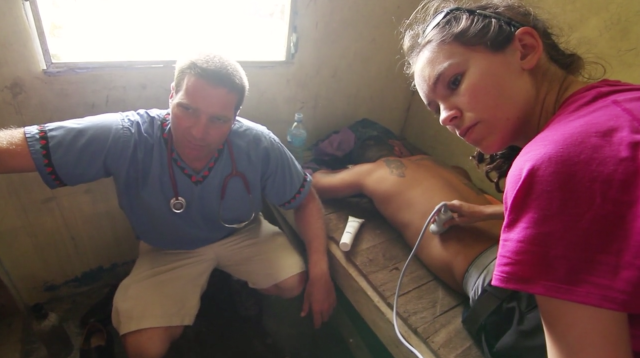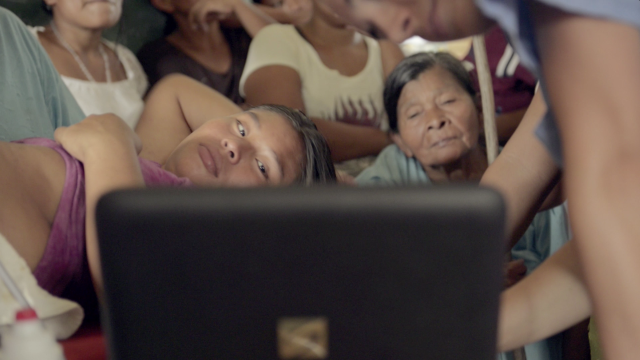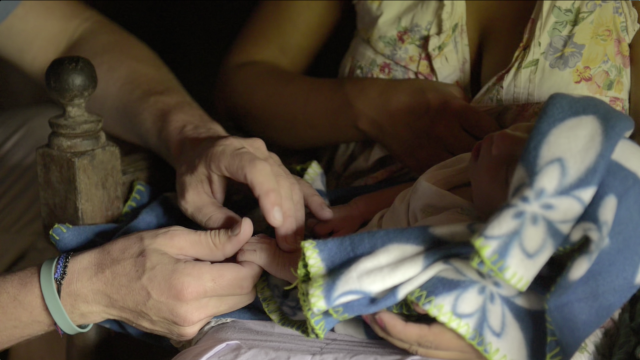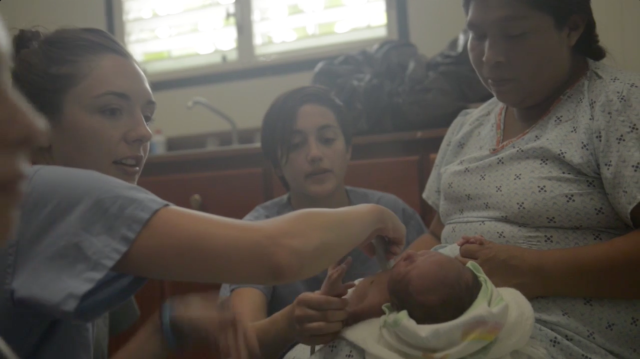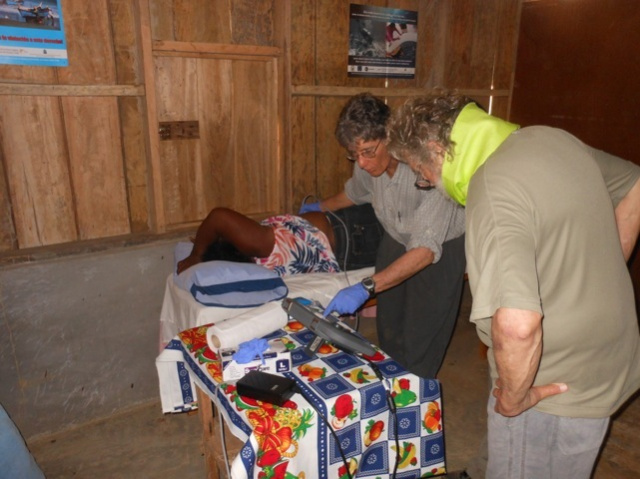Natividad wins Trauma II designation

Surgical services staff applauds at a ceremony on Monday marking Natividad Medical Center's designation as a Level II Trauma Center for Monterey County. To help them in their work, trauma center staff has 51 pieces of new equipment. Walls singles out Sonosite portable ultrasound as one of his favorite pieces of equipment.:
Sonosite portable ultrasound machine. …
More from the front of the Ebola fight in Africa
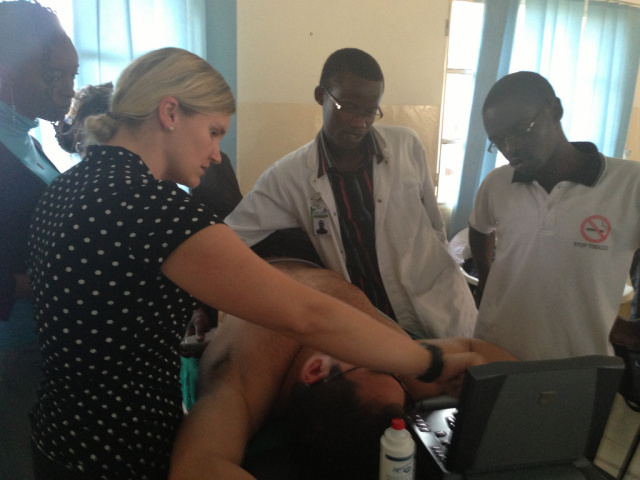
After spending five weeks working in an Ebola treatment unit, Dr Trish Henwood is going back for a second tour fighting Ebola in Africa. …
First Ever European Ultrafest: Maribor, Slovenia

Last Year UCI, held the first ever Sonosite supported Ultrafest. Then it expanded to Stanford and TJU with resounding success. Last weekend, it went to Europe with the first Ultrafest in Maribor, Slovenia. …
Nomination for GSMA: Best Mobile Innovation for Health
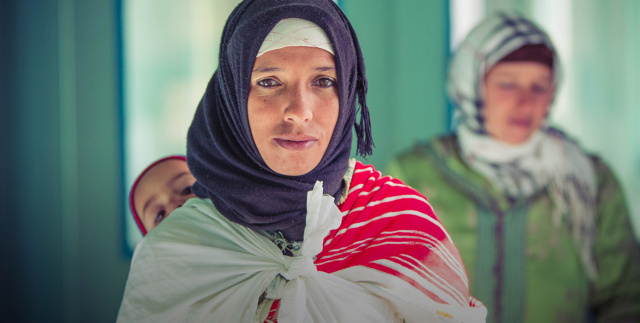
"FUJIFILM Sonosite Inc. is honored to share the GSMA Best Mobile Innovation for Health nomination with Trice Imaging and congratulates both teams for working together and championing a successful trial with support from Qualcomm Wireless Reach and Sony. …
Game Day Ultrasound

Courtesy of FUJIFILM Sonosite ANZ
The Fremantle Dockers Football team have been using on-field Ultrasound as a way to visualize and diagnose soft tissue injuries with their players. The Sonosite Edge portable Ultrasound system provides beautiful images of the ribs and soft tissues for "match-day" diagnosis. This information allows the physician and coach to make an informed decision of whether the player should be sent back out in the field. …
Grateful Dad Donates a Sonosite Edge

Grateful Dad Donates a Sonosite Edge to the Ulss 21 Hospital Legnago, Department of Pediatrics, Italy …
Global Health Experience - Honduras

Here at Sonosite we have a pool of equipment that we loan for global health missions in under-served areas. We were fortunate to be able to support Dr Braehler's recent mission to Honduras. This is what he had to say:
…
Global Health Experience, Macedonia
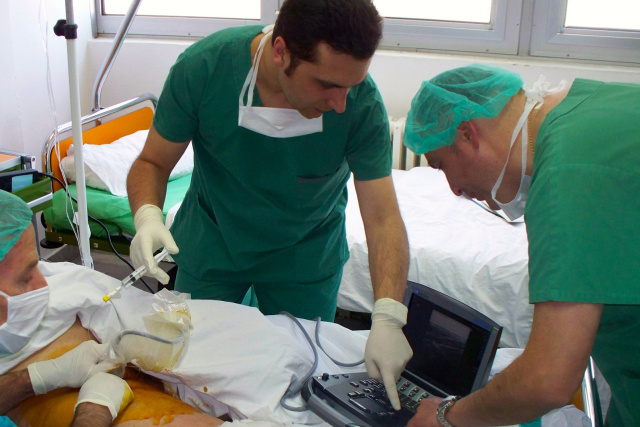
At Sonosite we are very fortunate to know a large group of doctors and care workers who are invested in global public health. Those rare people that go to remote locations to treat patients and train the local healthcare workers rely on Sonosite to provide them with the ultrasound equipment necessary. Through charities, they are often able to provide ultrasound equipment to be left at the location and used by the newly trained staff. …
Deep Needle Procedures: Abstract, Interview and Article

Promoting patient safety and increasing health care quality have dominated the health care landscape during the last 15 years. Health care regulators and payers are now tying patient safety outcomes and best practices to hospital reimbursement. Many health care leaders are searching for new technologies that not only make health care for patients safer but also reduce overall health care costs. New advances in ultrasonography have made this technology available to health care providers at the patient's bedside. …
Global Health: Kiwi Doctors use ultrasound to help save boy in rural Indonesia

Returning to try and save Thomas: A 5 year old boy in the final stages of heart failure in Indonesia. …
Improving Safety and Quality with Best Practices: Focus on Central Venous Access
2014-05-15T04:00:00Patient Safety & Quality Healthcare Diku Mandavia, MD, FACEP, FRCPC, Chief Medical Officer at Sonosite, and clinical associate professor of emergency medicine at the University of Southern California …
Our Journey to Zero Patient Harm

Group Practice JournalMichael Shabot, M.D. FACS, FCCM, FACMI, is chief medical officer, Memorial Hermann Healthcare System, Houston and Adjunct Professor at the University of Texas School of Biomedical Informatics and the University of Texas School of Public Health at Houston.
Michael Warneke, M.D. is medical director of quality, Memorial Hermann Southeast Hospital. …


